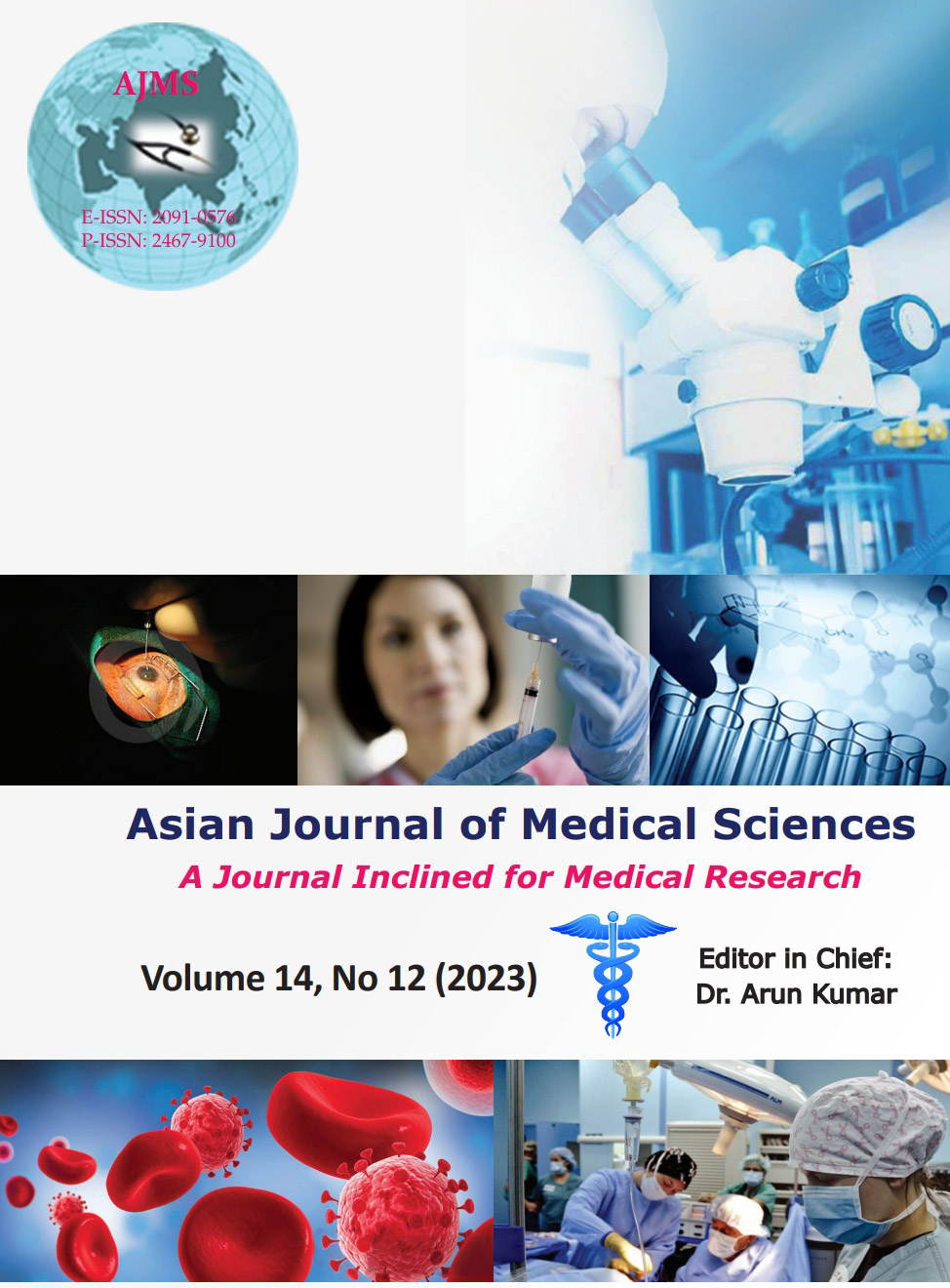A study of complications and their associated factors in the management of high-energy tibial plateau fractures treated by open reduction and internal fixation
Keywords:
Tibial plateau; Complications; High-energy injury; Internal fixation; Articular step; Reduction criteriaAbstract
Background: Tibial plateau fractures are one of the leading causes of joint dysfunction in major weight-bearing joints. Maintained articular surface, uniform plateau level, and a near-normal range of knee joint motion can all be preserved following the appropriate surgical guidelines.
Aims and Objectives: The objectives of the study are as follows: (1) To study the complications and their associated factors in the management of high-energy tibial plateau fractures treated by open reduction and internal fixation. (2) To assess radiological parameters pre-operative and post-operative and their relation to fracture pattern. (3) To assess factors, such as fracture patterns, those influence the loss of reduction.
Materials and Methods: Statistical analysis was done by expressing the data in frequency, percentage, mean, and standard deviation. Repeated measures ANOVA test or Friedman test or Wilcoxon signed-rank test will be used to compare radiological parameters from pre-operative to opposite side of the limb, and immediate post-operative to 6 weeks and 3 months.
Results: Thirty-one cases of proximal tibial plateau fractures were studied between January 2021 and September 2022. The joint width has reduced in the immediate post-operative and has almost remained the same at 45 days and 3 months. The articular step off was noted to have a reduction of 0.3 mm in particular depression which is not significant. In the comparison of tibial offset preoperatively to the immediate post-operative and the 45-day and 12-week follow-up values, there was decrease in the values from the pre-operative to immediate post-operative radiographs and the reduction in the values noted in the further follow-ups is not significant.
Conclusion: There was statistical significant difference noted between the pre-operative and immediate post-operative radiological parameters such as joint space width, tibial offset, and medial tibial plateau angle. Further radiological assessment done at 6-week and 3-month post-operative, there was no statistically significant loss of reduction.
Downloads
Downloads
Published
How to Cite
Issue
Section
License
Copyright (c) 2023 Asian Journal of Medical Sciences

This work is licensed under a Creative Commons Attribution-NonCommercial 4.0 International License.
Authors who publish with this journal agree to the following terms:
- The journal holds copyright and publishes the work under a Creative Commons CC-BY-NC license that permits use, distribution and reprduction in any medium, provided the original work is properly cited and is not used for commercial purposes. The journal should be recognised as the original publisher of this work.
- Authors are able to enter into separate, additional contractual arrangements for the non-exclusive distribution of the journal's published version of the work (e.g., post it to an institutional repository or publish it in a book), with an acknowledgement of its initial publication in this journal.
- Authors are permitted and encouraged to post their work online (e.g., in institutional repositories or on their website) prior to and during the submission process, as it can lead to productive exchanges, as well as earlier and greater citation of published work (See The Effect of Open Access).




